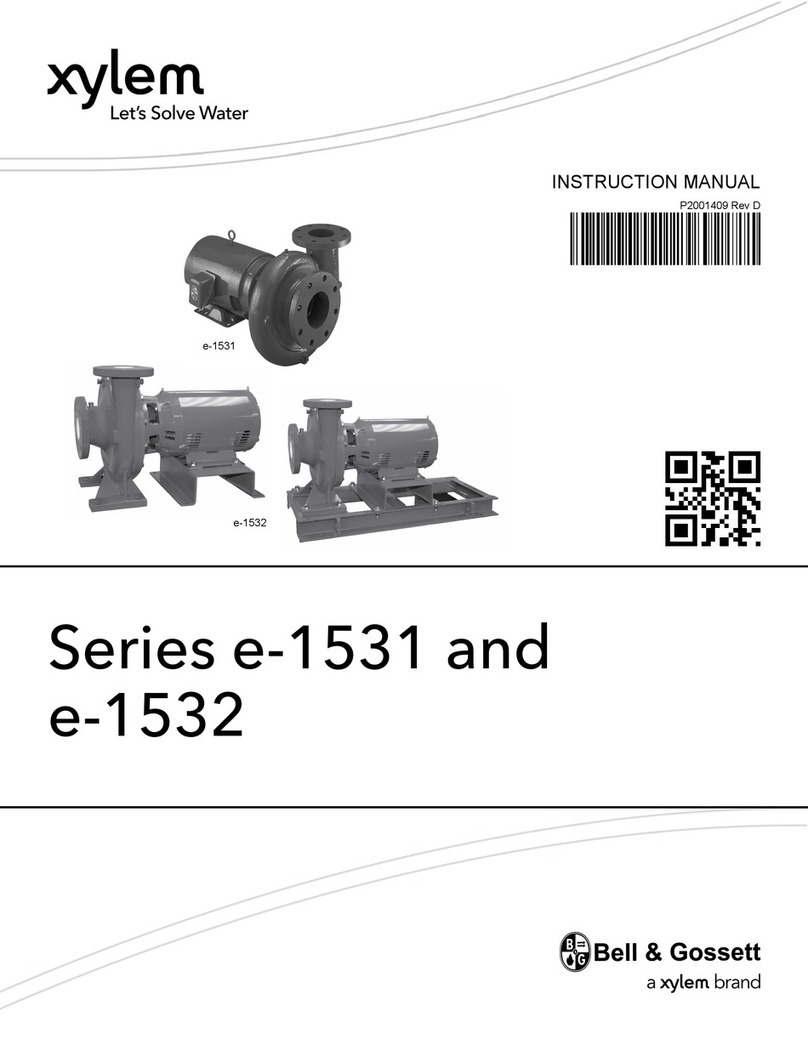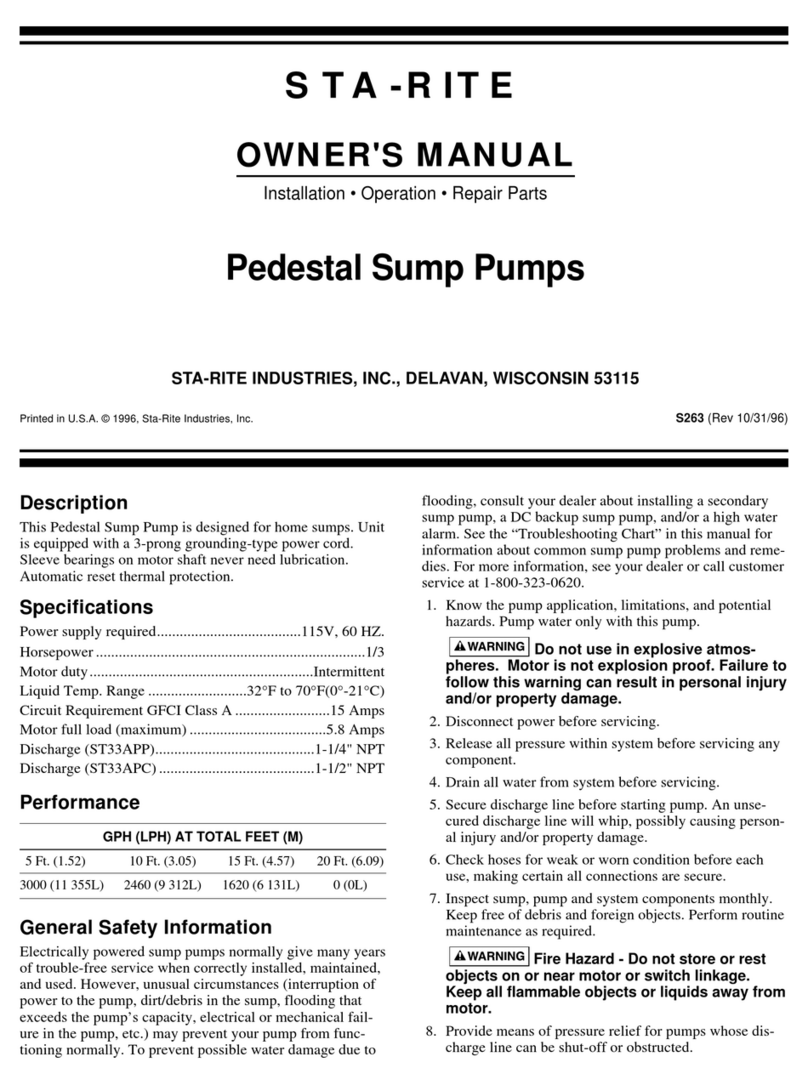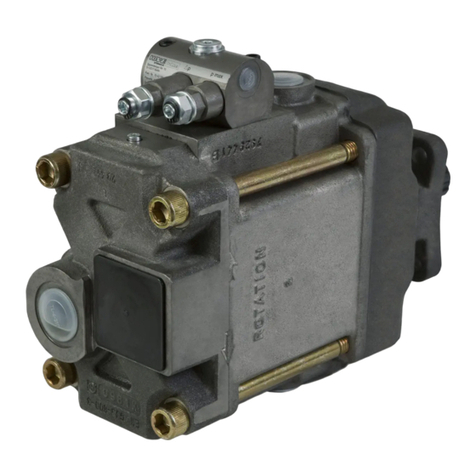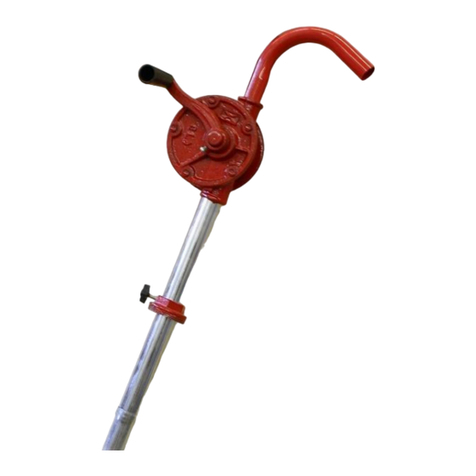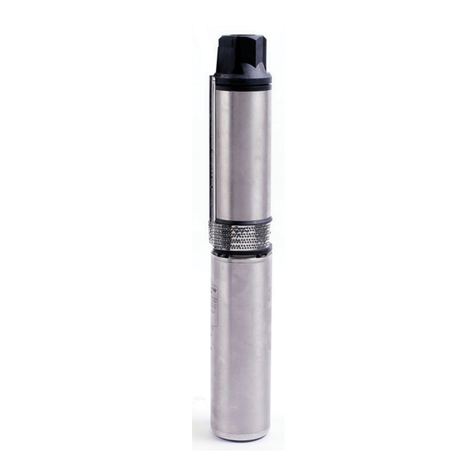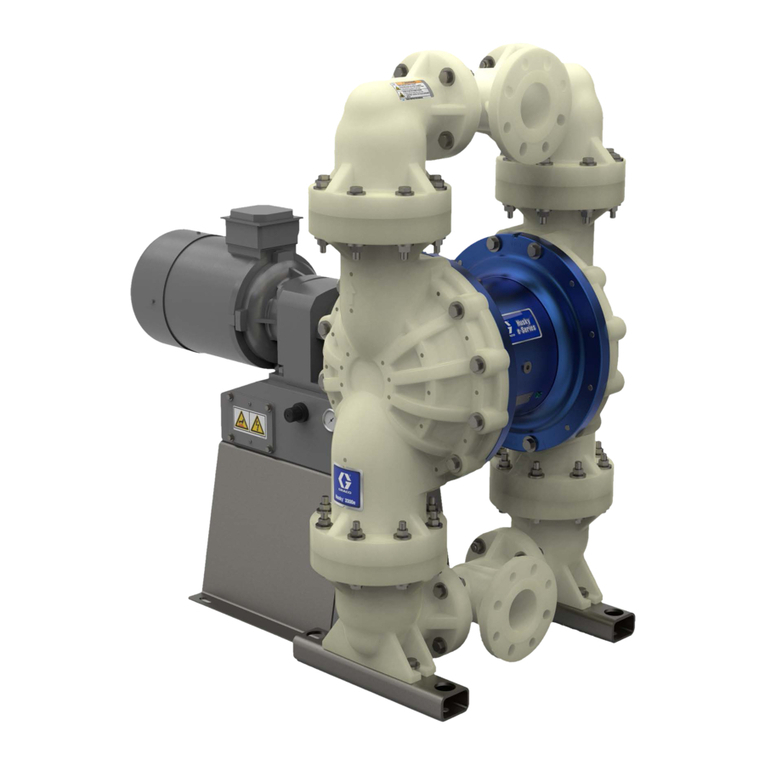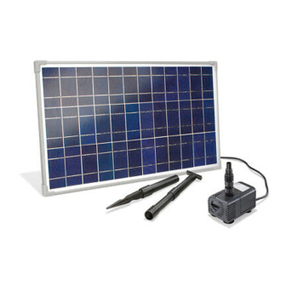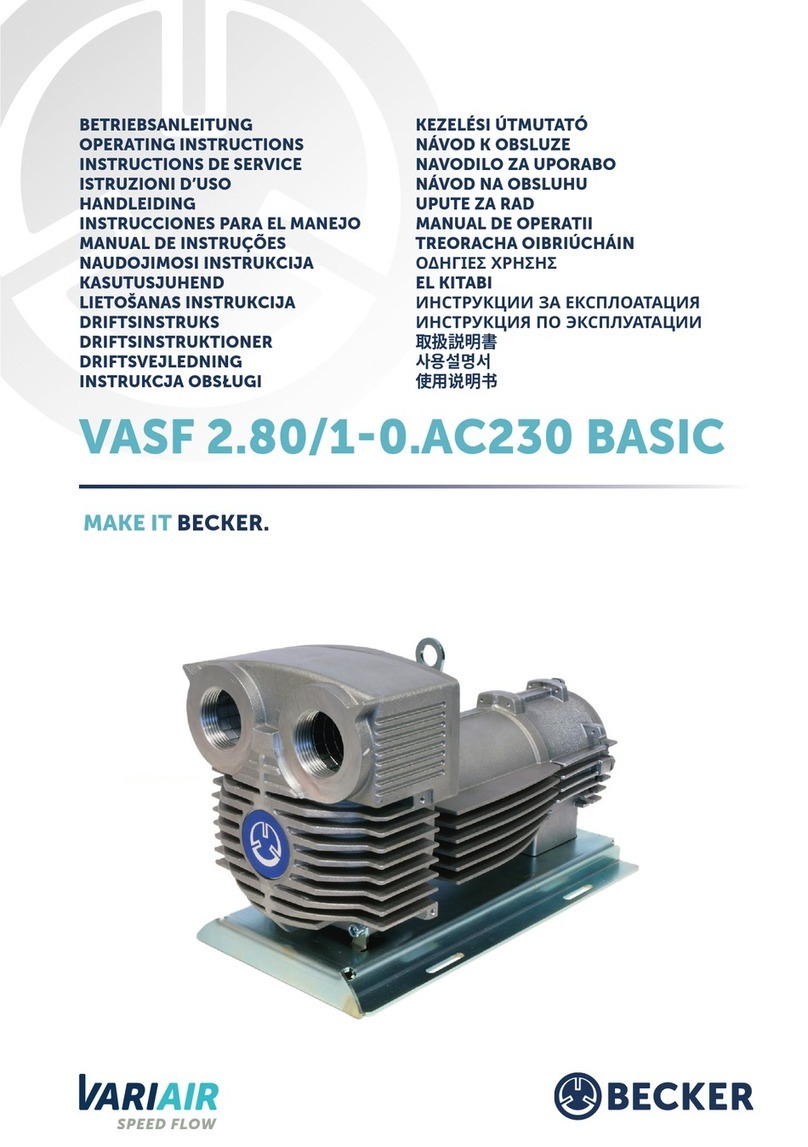
4
WARNINGS
READ ALL INSTRUCTIONS IN THIS MANUAL BEFORE USING THIS AMBIENT AIR PUMP MODEL 8050501.
FAILURETOOPERATETHIS PUMPIN ACCORDANCEWITH THEINSTRUCTIONS CONTAINEDIN THISMANUAL
AND ACCOMPANYING INFORMATION MAY RESULT IN DEATH OR SERIOUS INJURY TO THE RESPIRATOR
USER.
DO NOT OPERATE THIS PUMP IN AN EXPLOSIVE OR CORROSIVE ATMOSPHERE.
DO NOT OPERATE THIS PUMP WHERE IT CAN BE EXPOSED TO ANY LIQUID OR DUSTY MATERIAL. THIS PUMP
MUST BE PROTECTED FROM THE ELEMENTS IF USED OUTSIDE.
Locate the pump’s inlet air muffler in a clean breathable air location at all times. THIS PUMP DOES NOT REMOVE TOXIC
GASES OR OTHER CONTAMINANTS FROM THE INCOMING AIR BEING TRANSFERRED TO THE RESPIRATOR
USER.
See the BREATHING AIR REQUIREMENTS section of this manual for specific details on breathing air quality. THIS PUMP
DOES NOT SUPPLY OXYGEN.
This pump will supply a maximum air flow rate of ten (10) SCFM or a maximum supply pressure of fifteen (15)PSIG. USE ONLY
MSHA/NIOSH APPROVED RESPIRATORS THAT WILL OPERATE AT PRESSURES LESS THAN FIFTEEN (15) PSIG.
Be sure that the pump’s outlet pressure, measured by the pressure gauge on the pump, is maintained above the minimum pressure
setting required by the Respirator manufacturer. REFER TO YOUR RESPIRATOR MANUAL FOR CORRECT PRESSURE
REQUIREMENTS, PERMISSIBLE HOSE LENGTHS AND FITTING TYPES. FAILURE TO COMPLY WITH THE
RESPIRATOR MANUFACTURER’S REQUIREMENTS WILL VOID THE MSHA/NIOSH APPROVAL(S) AND COULD
RESULT IN DEATH OR SEVERE INJURY.
Questions regarding whether or not your Respirator is compatible with this pump can be directed to 3M Canada’s Occupational
Health and Environmental Safety Hotline at 1-800-267-4414.
SUPPLIED AIR RESPIRATORS USED WITH THIS PUMP MUST NOT BE WORN IN ANY ATMOSPHERE
IMMEDIATELYDANGEROUS TOLIFE ORHEALTH ORFROM WHICHTHE WEARERCANNOT ESCAPEWITHOUT
THE USE OF THE RESPIRATOR.
When connecting your respirator to this device, use only the air supply hose and couplers required by the respirator manufacturer and
approved by MSHA/NIOSH.
Use of non-approved hose or couplers will void the respirator’s MSHA/NIOSH Approval and could reduce the air flow to the
respirator, resulting in possible death or serious injury to the respirator wearer.
If your hose and couplers are not compatible with the coupler supplied on this pump, you may change the coupler on this pump to
provide the proper connection. Contact the factory with any questions regarding the type of fittings that can be used with this pump.
DO NOT modify or alter this pump in any manner. Use only approved MST replacement parts and components. Failure to use
approved MST components and replacement parts invalidates all MST warranties, and may result in death or serious injury to the
respirator wearer.



